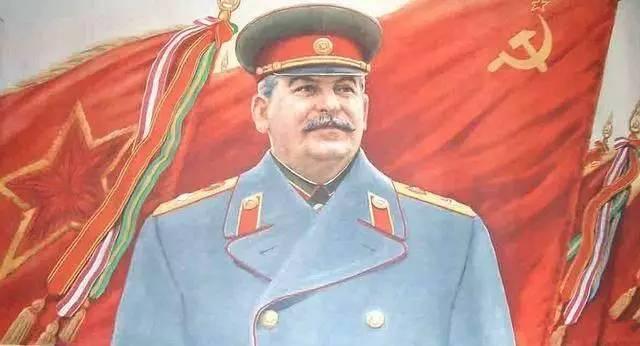The USSR desperately needed to industrialize.
苏联急需发展工业
That was a given, but the question was how much to make the poor peasants suffer.
这是一定的,但问题是要到什么程度贫苦农民才能生存下来
Stalin's solution implemented in 1929 was to force the peasants into huge collective farms.
斯大林在1929年实施的解决方法就是强制农民加入集体农庄
There they would produce enough of a surplus grain crop that the USSR could export it for needed foreign capital.
在那里人们可以生产出足够多的剩余粮食供苏联出口从而获取外资
When the collective farms turned out to be a failure, when drought struck the Ukraine,
集体农庄失败后,乌克兰大旱
the Soviet government extorted the maximum amount of grain from the people anyway.
苏联政府向依旧向人们最大化地索取粮食
Millions starved, especially in Ukraine.
上百万的人都在挨饿,乌克兰尤其是这样

But, the Soviet industrial complex was constructed in time to arm the Soviet Union for the Second World War.
不过苏联及时建成了工业联合企业从而在二战中把苏联武装了起来
The cost was the infinite suffering and alienation of the Soviet people.
而代价就是苏联人民无尽的苦难,苏联丧失了民心
But this cost would not become clear until the Second World War actually started.
但是这一代价直到二战真正开始才显现了出来
4. Dragging the Party Line
4.拖长政党路线
The difference between party and state, at first, very clear under Lenin, began to blur considerably under Stalin.
党和国的不同,起初在列宁时代很分明,但到斯大林时代就相当模糊了
The famous five-year plans were a production of the communist party.



